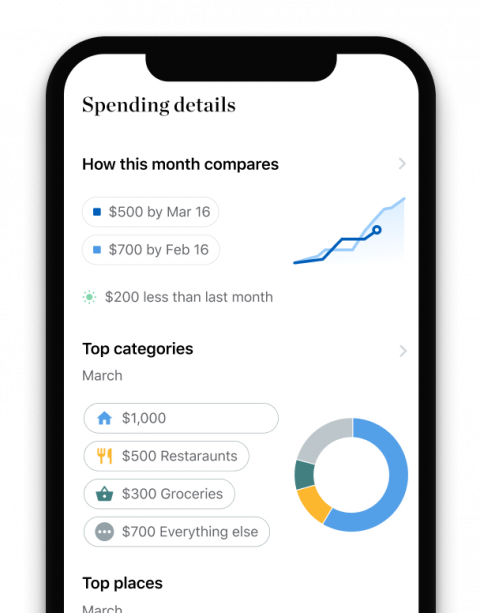Guide to Grants for College

Many or all of the products featured here are from our partners who compensate us. This influences which products we write about and where and how the product appears on a page. However, this does not influence our evaluations. Our opinions are our own. Here is a list of our partners and here's how we make money.
More on navigating student aid:
Find a loan: Apply for student loans
Select a loan: Pick the right student loan
Not enough aid: Get more financial aid
Free money: Find college grants and scholarships
Powered by
Getting a college grant means free money — and who doesn’t love free money? It might sound too good to be true, but you can likely land a grant if you have a strong financial need. If you don’t, you may qualify for another source of free college money: merit-based scholarships.
College grants vs. scholarships
Both grants and scholarships are types of financial aid that you don’t have to repay, and you’ll often hear the terms used interchangeably. Both are known as gift aid.
They come from various sources, including governments, colleges and private organizations. But there’s one notable difference: Grants tend to be need-based, while scholarships are often merit-based.
The distinction can sometimes be confusing, as some organizations offer scholarships that have a need-based component. What's more important is that you pay attention to each grant or scholarship’s requirements when you apply.
» MORE: Best websites for scholarships
How to find a federal grant
You can get grants from the federal government, your state and your college. Fill out the Free Application for Federal Student Aid, or FAFSA, each year you’re in school to be eligible for these awards.
Types of grants for college
Pell Grant: This is the Department of Education's largest federal grant program. The 2023-24 Pell Grant maximum is $7,395, but the actual amount you'll receive depends on your financial need and your school's cost of attendance. Unlike some grants, you’ll get as much Pell Grant money as you qualify for — within the lifetime limit — regardless of the other types of aid you receive.
Federal Supplemental Education Opportunity Grant: Known as FSEOG, this campus-based aid program offers students between $100 and $4,000 per year. Each recipient's grant depends on the school, financial need and the other financial aid received. Not all schools participate in this program, so check with your school's financial aid office if you think you'll qualify.
Teacher Education Assistance for College and Higher Education Grant: The TEACH Grant is a need-based grant program for students pursuing degrees in education. You can get up to $4,000 a year through this program. To maintain your TEACH Grant, you have to work in a high-need field or at a low-income school for at least four years in an eight-year period after graduation. If you don’t, the grant turns into a direct unsubsidized loan and you have to pay it back. Because the loan is unsubsidized, it will include interest that accumulated while you were in school.
The Iraq and Afghanistan Service Grant: You'll qualify for this program if one of your parents or guardians died while serving in Iraq or Afghanistan after Sept. 11, 2001; you were younger than 24 when they died; and you have a financial need. If you qualify, you can receive up to $7,395 for the 2023-24 school year, depending on your financial need and the total cost of attendance at your college.
How to find a state grant
Many states offer college grant programs for state residents. This tool on the Department of Education’s website can help you find the agency that distributes each state’s grants. To be eligible for grants, most states require that you fill out the FAFSA. Some — including Pennsylvania, New Jersey and New York — have a separate grant application in addition to the FAFSA.
How much college grants can help
Scholarships and grants covered one-quarter (26%) of 2021-22 college costs, according to the 2022 Sallie Mae report “How America Pays for College.” Grants were used by more than half (55%) of students surveyed in the report.
Steps to apply for college grants
If you haven’t already, complete the FAFSA to apply for federal grants and other aid, including work-study programs and federal loans. Fill it out as soon as possible, because some schools award aid on a first-come, first-served basis.
Search for private grants and scholarships using the U.S. Department of Labor's free scholarship search tool.
Review your financial aid award letter from each school you're considering. Each letter will list the grants, scholarships, work-study programs and loans you’re eligible for. Accept all the grants and scholarships you’re offered before taking out any student loans.
On a similar note...
Powered by


